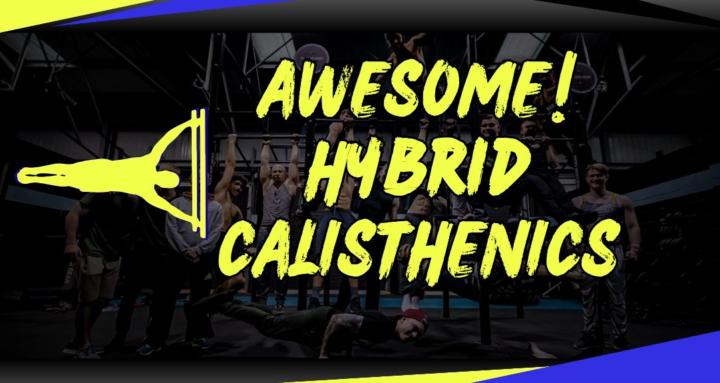2d • Community Chat 🤓
Unlocking Handstands, Strength Gains & True Consistency - Oct. 2 Live Call Replay
All right, welcome to the Q&A!
There are three main things I want to cover today—topics that came from weekly posts, questions I’ve gotten from athletes, and general things I see people struggle with. We’ll talk about:
- Handstands—what’s the hardest and best part of learning them.
- How to know when it’s time to make your workouts harder.
- How and when to optimize your training.
Handstands: From Crow to Crane to Balance
Someone asked about moving from crow pose to crane pose.
- Crow pose: balancing on your hands with bent arms and knees on your shoulders.
- Crane pose: the same shape, but with straight arms. Crane is harder, especially on your wrists, because you have to lean much further forward.
Here’s the good news: if you can do crane, it’s actually harder than holding a handstand, at least in terms of shoulder and wrist demand.
I’ll soon be teaching a masterclass on handstands, but here’s the big picture:
The 3 Stages of Handstand Training:
- Beginners – Start with crow pose to learn hand balance, then tripod headstands to practice balancing legs in the air.
- Wall Work – Practice chest-to-wall handstands. This is more effective than back-to-wall because it puts you in proper alignment. Aim to have only your nose and toes touch the wall.
- Falling & Recovery – Learn how to fall safely, usually by turning into a cartwheel. This builds confidence and helps you commit to a full kick-up.
From there, you progress to handstand bounces (small kick-ups and holds). The goal is to get more “time on hands,” so you can practice correcting balance instead of just falling. Spotting or partner assistance can also help.
Knowing When to Progress Your Workouts
How do you know when it’s time to make your workout harder?
- If your goal is skill or technique: Move up when your form is clean and it no longer feels draining.
- If your goal is strength: Use this test—if you could repeat the exact same workout in the evening after doing it in the morning, it’s too easy.
For strength, the main progression methods are:
- Upgrade the exercise (e.g., push-ups → diamond push-ups → archer push-ups → one-arm push-up progressions).
- Increase reps (aim for 6–30 per set, adjusting intensity as needed).
- Increase sets (typically up to 3–4 sets; if you don’t feel it by set 3, it’s too easy).
Your last reps should be hard—ideally where you can barely finish the final one.
Optimizing vs. Staying Consistent
Here’s the truth: consistency beats optimization.
Life happens—schedules shift, kids, work, sickness, surprise changes. If your workout routine only works in “perfect conditions,” it’s not sustainable. The best plan is the one you can do consistently, even if it’s simple.
Examples:
- One day full-body strength, the next day core.
- Or just a 3–5 minute mobility routine on busy days.
Do something daily, even if it’s small. That way, it becomes a habit—just like brushing your teeth. Discipline isn’t magic; it’s habit.
Once consistency is locked in, you can optimize based on your goals—whether that’s handstands, mobility, flips, or strength.
Those are the three big topics for today: handstands, progressing your workouts, and staying consistent.
Now let’s dive into community questions. And as always—stay awesome!
15:08
8
7 comments

skool.com/awesome-ninja-fitness
Master bodyweight strength, skills like handstands & muscle-ups. Build strength, movement, and control while unlocking your full potential! 💪🔥
Powered by





